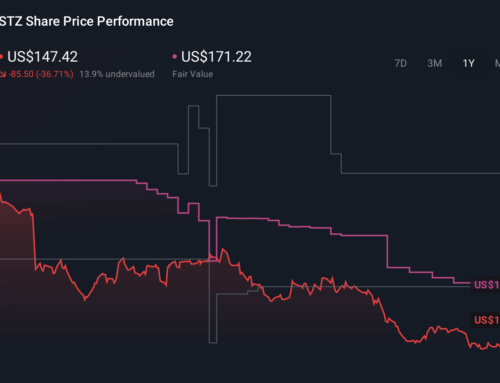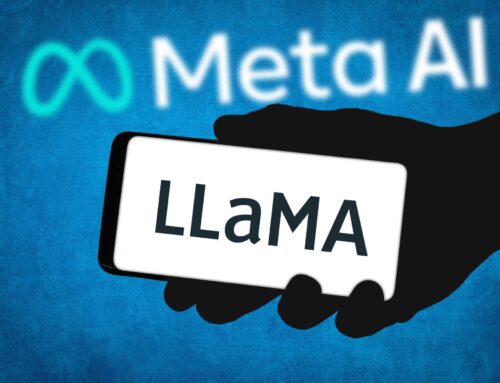Does today’s rate environment make HELOCs too risky? Here’s what experts say.
April 30, 2025

Getty Images
Inflation and elevated interest rates continue to squeeze household budgets in 2025. Despite these financial hurdles, many homeowners are sitting on a valuable resource — the equity they’ve built in their homes.
Getting a home equity line of credit (HELOC) has become a popular way to tap into this wealth. It offers lower interest rates than credit cards while providing flexibility similar to the use of a credit card. And that rate is variable and subject to change monthly for borrowers, meaning it could become even cheaper if interest rates continue to decline as they have.
But the same features that make HELOCs attractive can also create financial risks. Are they too risky right now? We asked three home equity experts to share their insights on when HELOCs make sense, when they don’t and what alternatives could be better right now.
See how low your HELOC rate offers are here now.
Does today’s rate environment make HELOCs too risky?
“With the prime rate at 7.5% and home prices having appreciated nationwide, I don’t think HELOCs are too risky today,” says Karen Mayfield, national head of originations at Multiply Mortgage, a mortgage-as-a-benefit provider.
Debbie Calixto, sales manager at mortgage lender loanDepot, echoes a similar sentiment. “Households are feeling the pressure of rising living expenses,” she observes. HELOCs offer a valuable alternative to high-interest credit card debt.
However, Steven Glick, director of mortgage sales at real estate investment fintech company HomeAbroad, offers a more nuanced view. “HELOCs aren’t inherently too risky, but they come with risks that depend on [your] situation,” he explains. While home equity loan interest rates have dipped below 9%, he cautions that variable HELOC rates can climb if economic conditions change.
When HELOCs make financial sense now
Glick says a HELOC makes the most sense if you find yourself in one or more of these situations now:
- Your goal is home improvements: Using a HELOC for kitchen remodels or adding square footage can boost your home’s value if you’re staying long-term. “The interest may even be tax-deductible if used for substantial improvements,” he notes.
- Your goal is debt consolidation: Have credit card debt at 20% (or higher) interest? A HELOC at under 9% could save thousands of dollars in interest costs as long as you stop adding new credit card debt.
- You have financial stability: If you have a debt-to-income (DTI) ratio under 43% and steady cash flow, you may better handle potential rate increases.
- You have short-term borrowing needs: When you need funds for specific, short-term goals such as college tuition, a HELOC’s flexibility to draw and repay as needed works well.
- You want to keep your mortgage rate: If you secured a low mortgage interest rate in 2020 to 2021, refinancing doesn’t make sense with today’s higher 30-year fixed rates. A HELOC lets you tap equity without losing that rate.
Get started with a HELOC online today.
When HELOCs may not make financial sense now
Here are situations where a HELOC could cause more harm than good if secured now, experts say:
- You have unstable income: “If your job’s shaky or your DTI is above 43%, a variable-rate HELOC could stretch you thin, especially if rates rise,” cautions Glick.
- You lack a clear purpose: “If you’re borrowing for vague reasons or lifestyle expenses [such as] vacations, you’re setting yourself up for trouble,” warns Glick.
- The housing market is declining: If local home prices are dropping, overborrowing could leave you underwater if you need to sell.
- You’re on a tight budget: A HELOC’s variable rate is risky if you’re on a fixed budget where a $200 monthly payment increase would hurt you, according to Glick.
- You already owe a lot: “If [you owe] a substantial amount on [your] home, it can be risky maxing out [your] entire, or a bulk, of [your] home equity,” Mayfield says.
Alternative home equity borrowing options to consider
If a HELOC doesn’t work for your circumstances right now, experts recommend these alternatives:
- Home equity loans: “[This] lets you borrow a lump sum of [cash] using your home’s equity as collateral,” explains Calixto. The fixed rates home equity loans come with allow borrowers to more easily manage their repayments.
- Cash-out refinance loans: This replaces your existing mortgage with a larger one. Calixto notes that “even if the new mortgage is a bit higher than your current one, your borrowing costs might still be lower when everything’s combined.”
- Reverse mortgages: “For homeowners 62 [of age and up], this lets you borrow against equity without monthly payments (repaid when you sell or pass away),” explains Glick. Seniors with limited income may choose this option.
The bottom line
HELOCs offer flexible access to your home’s equity. But they work well when you have a clear purpose, stable finances and a plan for managing variable payments. Calixto advises taking a conservative approach. “Borrow only what you truly need and think carefully about how your home’s value might change over time,” she says. With careful planning, a HELOC can be a powerful financial tool rather than a risky burden.
Search
RECENT PRESS RELEASES
Related Post



